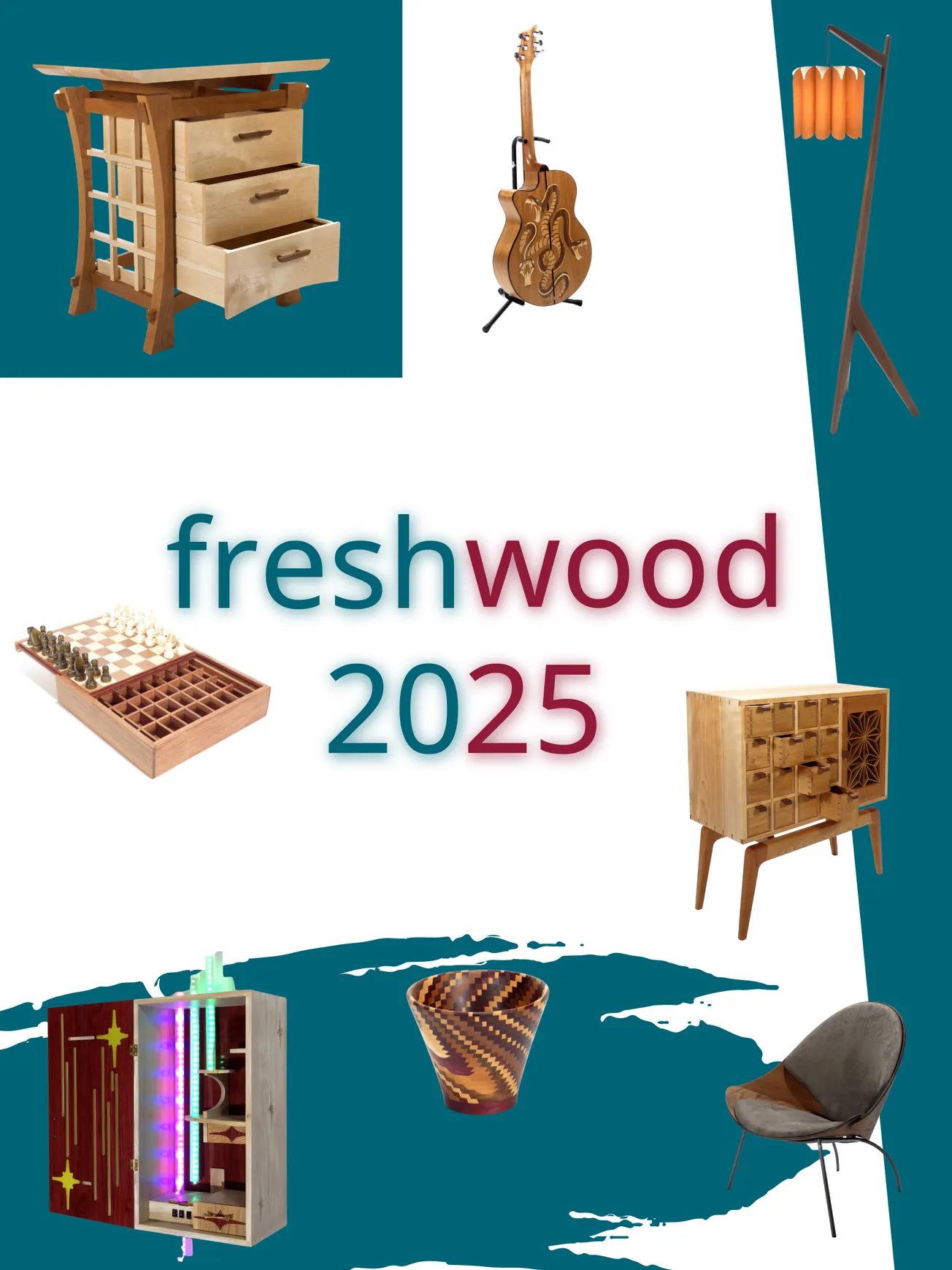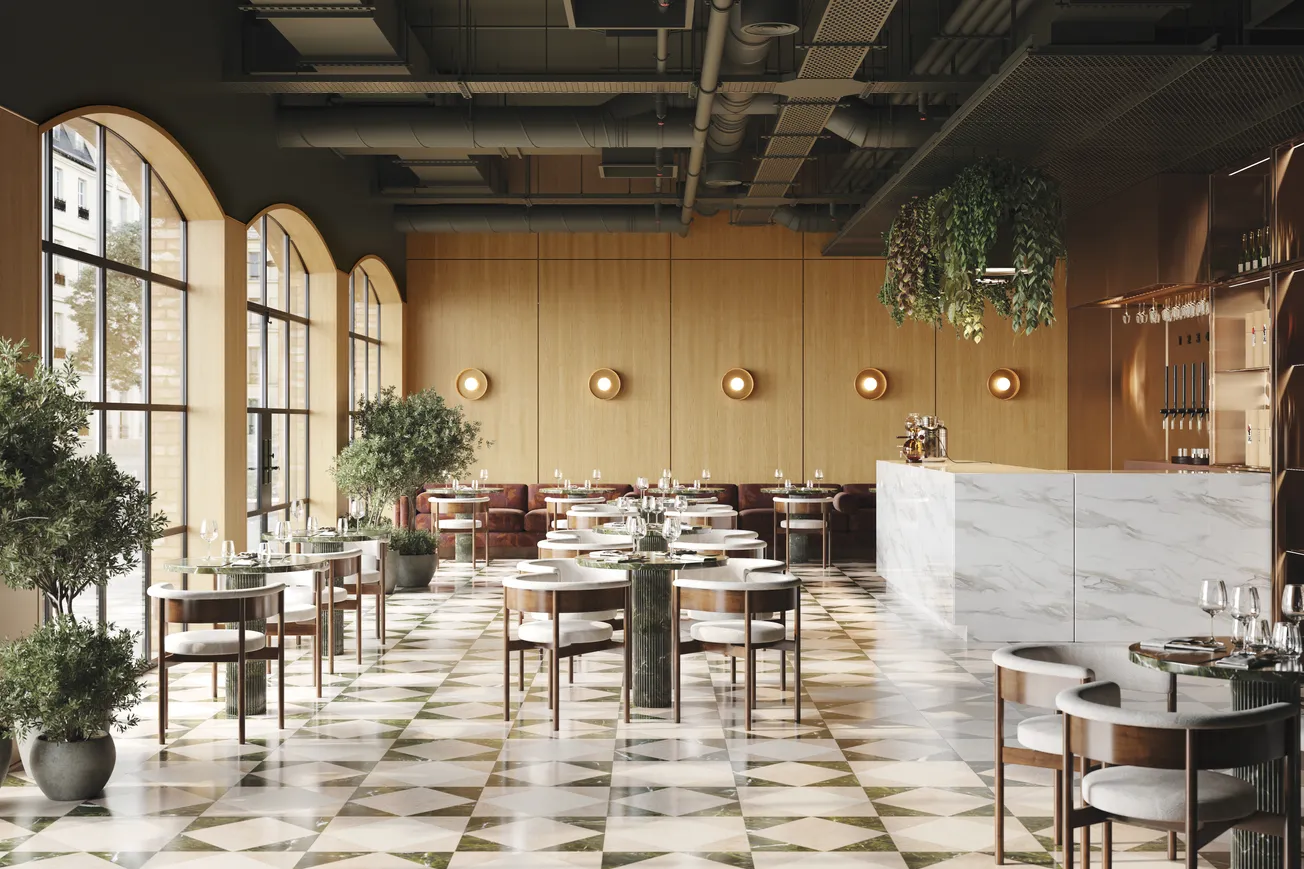Table of Contents
With KBIS right around the corner, the American Society of Interior Designers (ASID) shares a few kitchen and bath trends to look out for from their recently released 2025 Trends Outlook Report.
Compiled by their dedicated research division, the report shows key shifts and indicators affecting the kitchen and bath industry and offers a comprehensive analysis of the evolving forces shaping the interior design landscape. Addressing changes in lifestyles, wellness, technology, the workforce, and the economy, the 2025 report explores a growing focus on creating environments that inspire joy, foster well-being, and harmonize sustainability with timeless craftsmanship. From neuro-inclusive design and multigenerational workforce dynamics to the integration of smart technologies and outdoor living, these trends are redefining the future of interior spaces in an era of rapid change.
“Design touches every aspect of our lives, shaping how we work, live, and connect with the world around us,” said Khoi Vo, president and chief executive officer, ASID. “ASID’s 2025 Trends Outlook report underscores the transformative power of design in addressing society’s shifting priorities — from fostering wellness and sustainability to embracing technology and cultural storytelling. ASID remains committed to equipping the design community with the tools and insights they need to drive meaningful change and create spaces that inspire joy, purpose, and resilience.”
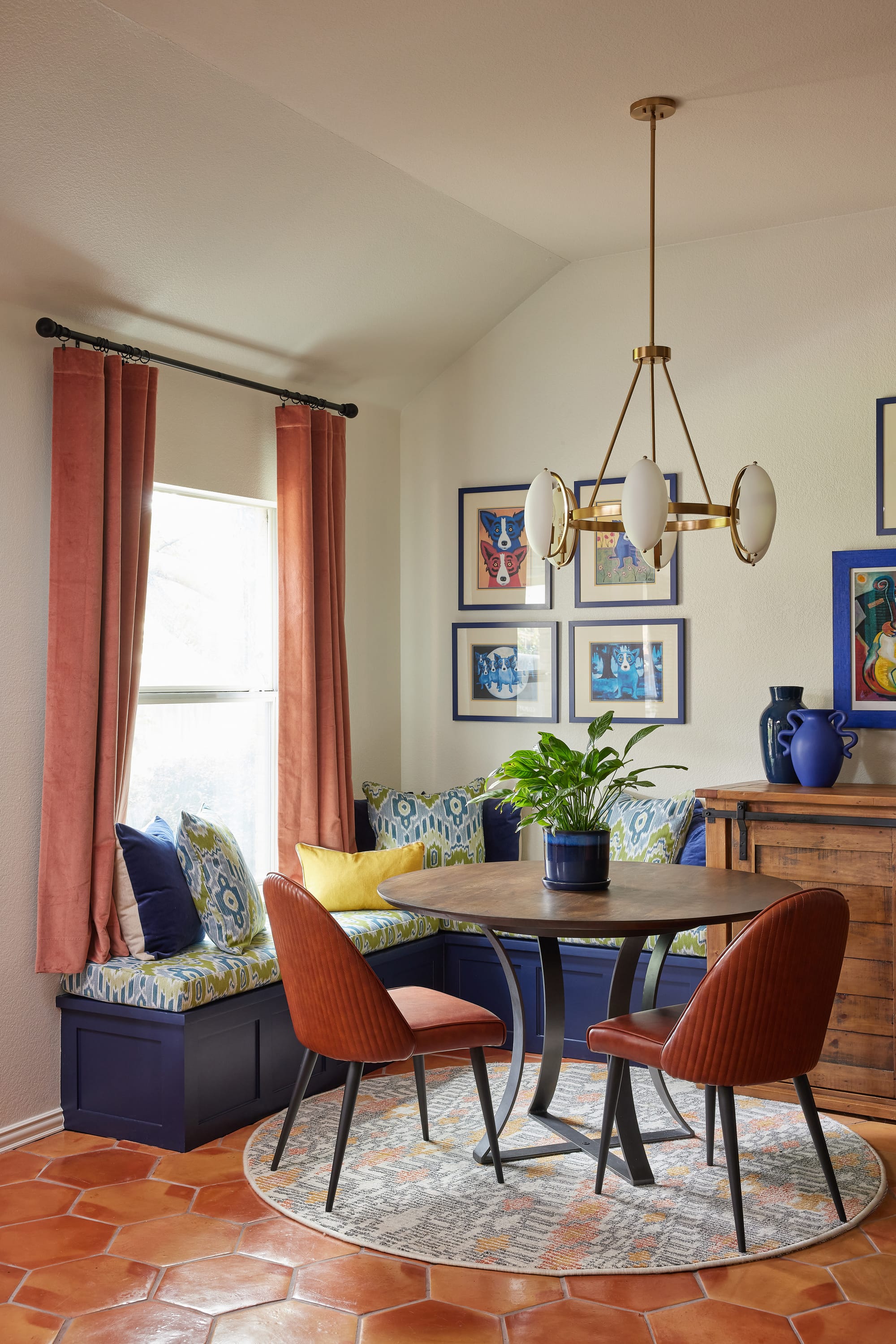
A few kitchen and bathroom highlights are:
- Kitchens remain the heart of the home: Kitchens are supporting multiple purposes with designated work zones for all phases of the day. As a result, more designers are utilizing two islands and a beverage center to support different daily tasks, including food prep, gathering, eating, and in-home office work. To reduce clutter in this multi-functional space, clients desire concealed appliances with hidden doors and pantries.
- According to the 2025 NKBA survey, 71 percent of respondents preferred a colorful kitchen with personality over a clean, classic white kitchen.
- Designs are increasingly blending indoor and outdoor spaces to foster social engagement and a connection to nature. Elements like outdoor kitchens, dining rooms, living areas, and biophilic design features continue to create seamless transitions that enhance both functionality and well-being.
- Natural light is one of the top considerations in kitchen design, with large windows and doors. Still, artificial lighting is utilized to create a mood, offer focal points, support health and wellness, and improve usability in task areas. Designers continue to install built-in under- and interior-cabinet lighting. Key features include dimmable and motion sensor fixtures.
- Timeless style means sustainability: More progressive clients are looking for reclaimed or recycled materials and space for composting. Still, most see their desire for timeless style as a means to meet sustainability goals. Over the next three years, many (42 percent) of those surveyed recently by the National Kitchen & Bath Association (NKBA) expect that eco-friendly and sustainable kitchens will become increasingly more popular.
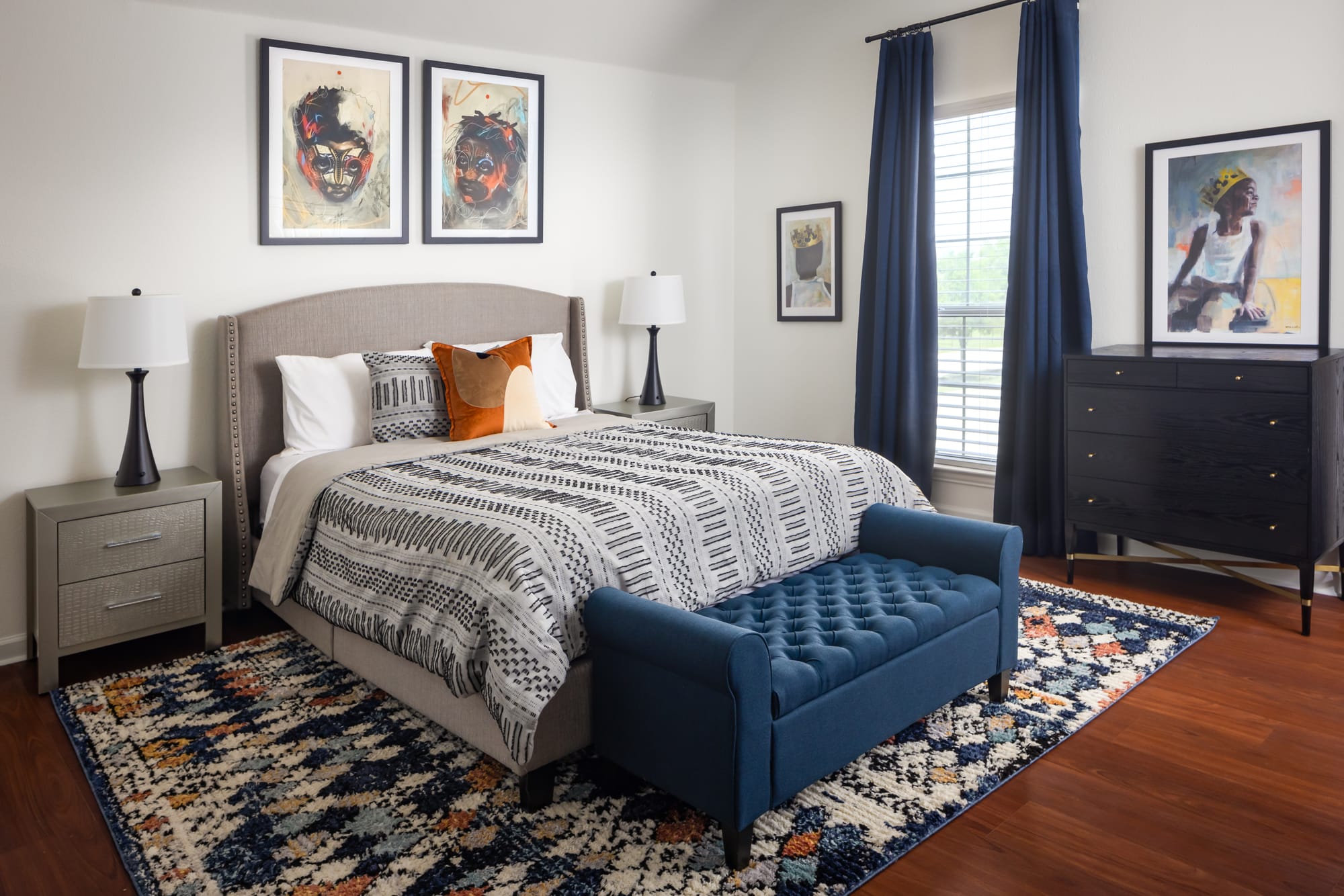
Other predictions for the year ahead include analysis of the workforce’s emphasis on multigenerational collaboration and alternative education pathways, the redefinition of family life, and the incorporation of design elements that evoke joy, among others:
· Multigenerational Workforce: Gen Z is reshaping the workplace with entrepreneurial ambition and a rejection of traditional career paths, prompting businesses to adapt. While many Gen Z professionals pursue opportunities in the internet economy, a significant portion is also facing financial challenges and living paycheck to paycheck. With 75 percent of Gen Z planning to start their own business, this generation is bringing innovative energy to leadership. The complexities of a multigenerational workforce that now includes Baby Boomers, Gen X, Millennials, and Gen Z, is requiring businesses to navigate different work styles, while trends like reverse mentoring highlight the need for workplaces to bridge generational gaps and align diverse values.
· Neuro-inclusive design: With well-being taking center stage, interior design is evolving to support mental, physical, and emotional health in both residential and commercial spaces. Designers are collaborating with experts in neuroscience to create environments that positively influence brain function and behavior. Consumer priorities are shifting toward toxin-free materials and wellness-driven features like circadian-friendly lighting that promotes better sleep and overall health. This focus on neuro-inclusive design underscores the growing connection between spaces and personal well-being.
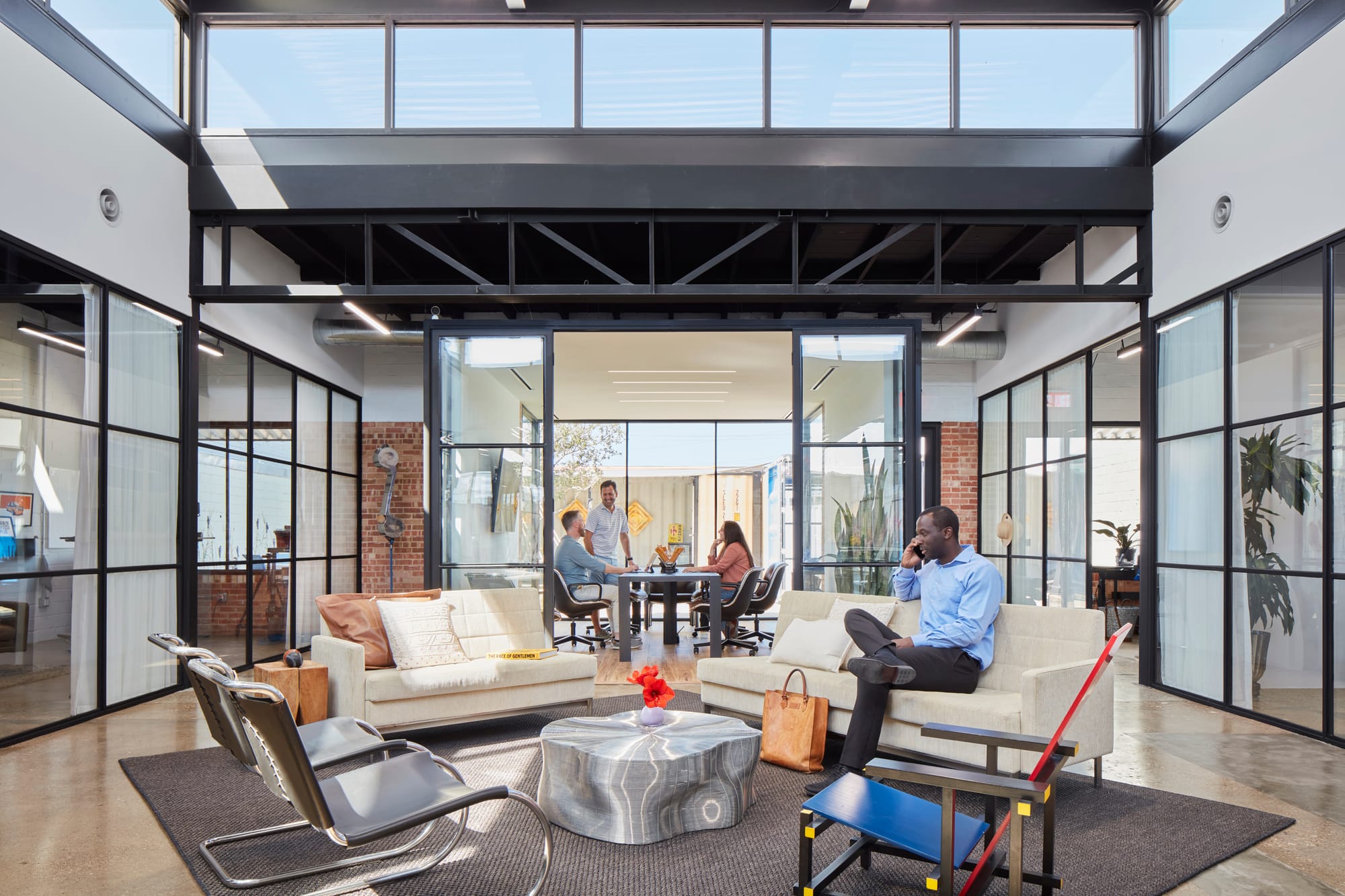
The report also provides insight on trends impacting the business side of interior design and how practices are expected to shift in 2025:
· Smart Technology and Artificial Intelligence: With the advancements of technology, living facilities and commercial spaces are enhanced with personalized, time-efficient, and sustainable features. Energy-efficient appliances and smart home technology are seamlessly integrated into both new construction and retrofits, making ultramodern residences more accessible. In commercial spheres — including hospitality, dining, and retail — advances in technology, including AI and automation are revolutionizing the industry and enhancing both productivity and personalized guest services.
The ASID 2025 Trends Outlook report is the first of the association's annual three-part Outlook report series, with the Economic Outlook and State of Interior Design reports to be released later in 2025. Visit www.asid.org for more information.






